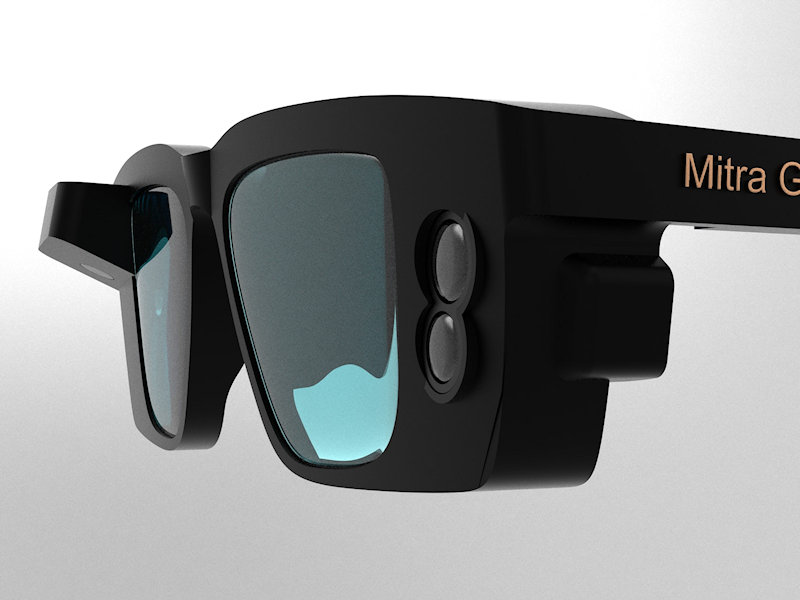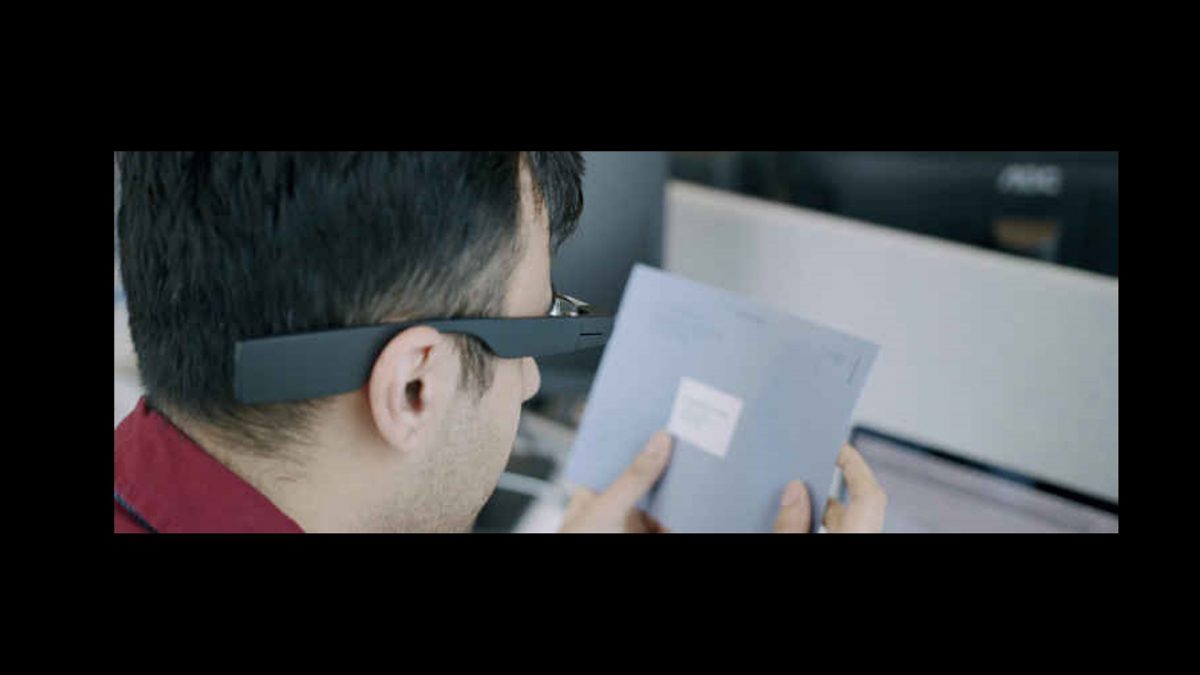Maximizing Efficiency with Screen Readers for the Blind: A Comprehensive Guide
Maximizing Efficiency with Screen Readers for the Blind: A Comprehensive Guide
Blog Article
Cutting-edge Solutions in Assistive Modern Technology for Visual Impairment
The landscape of assistive technology for aesthetic impairment is progressing rapidly, presenting a series of ingenious solutions that enhance access and self-reliance. From innovative smartphone applications that assist in navigating to wearable gadgets made for real-time assistance, these tools are reshaping the experiences of those with aesthetic disabilities. The integration of smart home technologies and academic sources has the possible to promote better area engagement. Nevertheless, the implications of these advancements increase essential inquiries regarding their access and effectiveness in diverse contexts, warranting a more detailed assessment of their wider impact.
Advancements in Smartphone Applications
In the last few years, developments in smart device applications have significantly changed the landscape of assistive modern technology for individuals with aesthetic impairments. These applications take advantage of the effective sensors and capacities of contemporary smart devices to offer customers with devices that enhance independence and accessibility in their every day lives.
Noteworthy among these technologies are applications made for object acknowledgment, which utilize the mobile phone's electronic camera to recognize items and provide spoken descriptions. Such features equip users to browse their settings much more successfully, whether recognizing items in stores or locating individual valuables at home. Additionally, text-to-speech applications have improved dramatically, making it possible for users to catch printed text via their device's video camera and receive instant audio feedback, therefore promoting analysis and comprehension.
Community-driven applications have promoted social interaction and resource sharing among people with visual problems, developing an encouraging network that improves their top quality of life. In general, mobile phone applications have actually become vital allies in promoting autonomy and access for individuals with aesthetic disabilities.
Wearable Devices for Navigating
Wearable tools for navigation have become a groundbreaking service for people with visual impairments, providing hands-free help that improves movement and positioning. These tools typically use advanced technologies, including GPS, ultrasonic sensors, and expert system, to give real-time feedback and instructions to users as they navigate their setting.
One remarkable instance of wearable navigation technology is wise glasses, which can discover obstacles and relay auditory or haptic responses to the wearer, enabling for effective and secure activity in different setups. Other tools, such as vests and belts furnished with sensors, can in a similar way inform users of their environments by providing signals about neighboring objects or modifications in terrain.
In addition, numerous wearable devices integrate with mobile phone applications, allowing users to customize their navigation choices and obtain tailored course recommendations. This personalization can considerably improve the individual experience, equipping individuals to take a trip with greater confidence and independence.
As innovation proceeds to develop, the potential for wearable navigating tools to boost the high quality of life for individuals with aesthetic problems remains significant, leading the method for even more available and comprehensive settings.
Smart Home Innovation Assimilation

In addition, wise home appliances outfitted with responsive interfaces or auditory responses supply user-friendly communications that cater specifically to the requirements of those with aesthetic disabilities. As an example, clever fridges can introduce their contents and expiration days, while clever stoves can assist individuals via the food preparation process with audio directions.
Home automation systems, such as clever doorbells and protection cams, offer peace of mind by allowing individuals to get signals and gain access to live feeds via their mobile phones, boosting individual security (AI-powered visual aids). Furthermore, assimilation with smartphones and tablets makes sure that customers can manage their home atmosphere from anywhere within their premises
As clever home modern technology remains to progress, it holds the potential to transform the living experiences of individuals with visual impairments, fostering independence and boosting high quality of life in a significantly linked globe.

Educational Tools and Resources
Accessibility to efficient educational tools Learn More Here and sources is critical for people with visual problems, as it equips them to involve completely in their learning experiences. Different assistive modern technologies have been created to boost accessibility and foster independent knowing.
Moreover, educational software particularly created for visually impaired users provides functions such as high-contrast settings and customizable message dimensions. These tools suit varied understanding styles and ensure that trainees can tailor their academic experience to their needs.
In addition, access to audio books and electronic libraries expands the variety of available knowing materials, making it possible for pupils to explore subjects detailed without the restrictions imposed by typical print sources. Joint systems that incorporate availability attributes likewise assist in group projects, ensuring that aesthetically damaged students can add meaningfully together with their peers.
Neighborhood Assistance and Involvement
A durable network of neighborhood support and involvement is crucial for people with visual impairments, promoting an inclusive setting where they can prosper. Community organizations, neighborhood advocacy groups, and volunteers eye specialist optometrist play a pivotal function in providing resources, information, and friendship, which are essential for enhancing the high quality of life for those affected by visual disabilities.
Interaction activities such as workshops, gatherings, and support system not just promote ability development but likewise advertise social interaction, minimizing feelings of seclusion. These initiatives urge people to share difficulties, successes, and experiences, consequently reinforcing area bonds. In addition, collaborations with regional services can lead to greater access in public spaces, even more incorporating individuals with visual problems right into the area.
Technology also improves neighborhood interaction through online platforms that supply virtual support system and resources, enabling individuals to connect no matter geographical obstacles. By taking advantage of both electronic and in-person options, areas can create a thorough support network. Ultimately, promoting partnership among various stakeholders-- consisting of families, instructors, and healthcare professionals-- makes certain that individuals with visual disabilities obtain the alternative assistance essential to navigate day-to-day life properly and with self-respect.
Conclusion
Cutting-edge options in assistive technology for visual disability dramatically boost the high quality of life for individuals facing these challenges. The integration of smartphone applications, wearable tools, clever home innovation, and like this academic devices promotes higher independence and ease of access. Neighborhood support and involvement further empower visually damaged individuals, promoting inclusivity and involvement in various aspects of life. Collectively, these developments not just transform daily experiences but additionally lead the way for a more fair society.
The landscape of assistive innovation for visual disability is evolving swiftly, providing a range of innovative options that improve accessibility and independence. Community-driven applications have cultivated social interaction and resource sharing amongst people with visual impairments, producing a supportive network that enhances their quality of life. Generally, mobile phone applications have actually become essential allies in promoting freedom and accessibility for people with visual problems.
Many people with visual problems are locating better freedom through the combination of wise home modern technology.Ingenious solutions in assistive technology for aesthetic problems considerably improve the quality of life for individuals encountering these challenges.
Report this page